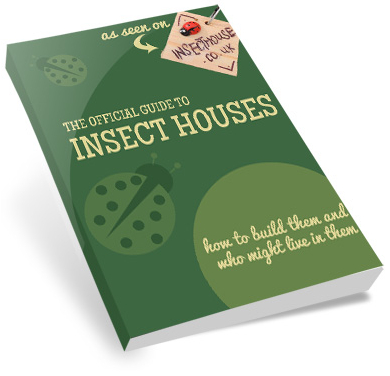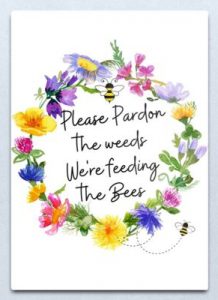What are moths and butterflies?
Moths and butterflies are group of insects belonging to the order Lepidoptera. They are among the most diverse, most important and probably best loved insects in the world. They act as major pollinators in the ecosystem and as food for the different organisms in the food web.
Scientifically speaking, there is no real differences between moths and butterflies. Even in their physical attributes, they look fairly similar. The order Lepidoptera alone is composed of over 100 families of insects. Their life cycle consists of egg, caterpillar, pupa, and adult.
Lepidopteran larvae, or caterpillar, have a soft, worm-like body with several pairs of legs attached to the abdomen. These legs help them attach to the leaves of plants where they usually feed. Depending on the species, the body can be hairy and sometimes irritating to the human skin. An adult’s body is comprised of a head, thorax, and abdomen. Antennae are thin, and a butterfly will usually have a “bump” on the tip. Moths and butterflies are well-known for their colorful wings with intricate, beautiful patterns. Their wings are composed of tiny colored scales, thus together reflecting wonderful patterns. When at rest, moths generally hold their wings folded down, while butterflies can hold them up or down, but often up.
What do butterflies eat?
Caterpillars are herbivores. They feed on leaves and stalks of plants and grasses. Irregular holes in a leaf indicate that caterpillars must have been eating it. Some species eat grains. On the other hand, most species of adult moths and butterflies feed on pulps and nectars of small fruits and flowers. After feeding, they carry pollens of flowering plants as well. Some species of lepidoptera are selective in their food choice and may only eat one species of plant throughout their life.
Where do butterflies live?
Moths and butterflies are widespread across the globe. They live in all types of habitats including deserts, riverbanks, and plateaus. They are more abundant on areas with high percentage of flowering plants (angiosperms) in which they feed on and carry pollens. The caterpillars are normally found attaching to leaves of plants. In great number, they may become pests on vegetations as they could leave damages on plants.
Interesting Beautiful Butterfly Facts
- Moths do not eat clothes. Their larvae (caterpillar) do.
- The silkworm moth, Bombyx mori, is known for its ability to produce quality silk for use in textiles.
- Blue Tit chicks feed on an estimated 35 billion caterpillars a year in Britain
Activity
Catch a moth or butterfly – but please be very careful with them. With the use of magnifying glass, examine the tiny scales covering their wings. Look for unique patterns and draw them on paper.
Make a butterfly painting for the fridge!

